-
Hammurabi's Code, one of the oldest known laws, included provisions related to the rights of women in ancient Mesopotamia. While it cannot be considered a specific movement or manifestation, this code is notable because it provided some legal protection for women in terms of property, marriage, and inheritance.
-
 Sappho was an ancient Greek poet known for her lyrical poetry and for addressing themes related to love and passion between women. Although much of her work has been lost, her writings and her leading figure in ancient Greece have been considered an early expression of female voices and the visibility of female sexuality and experience.
Sappho was an ancient Greek poet known for her lyrical poetry and for addressing themes related to love and passion between women. Although much of her work has been lost, her writings and her leading figure in ancient Greece have been considered an early expression of female voices and the visibility of female sexuality and experience. -
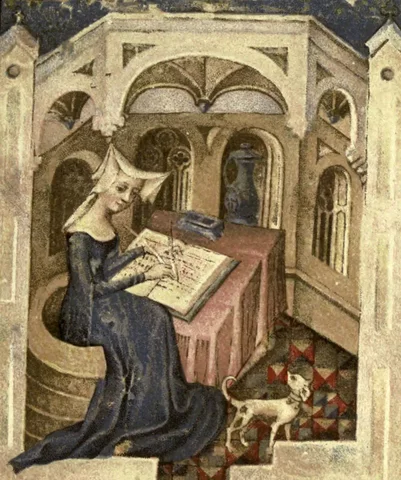 Christine de Pizan, a French writer and philosopher, is known for her defense of women's rights in the Middle Ages. In works like "The City of Ladies" and "The Book of Three Virtues," she criticized misogyny and argued for gender equality. While she was not a specific manifestation, her writings influenced thinking and awareness regarding women's rights.
Christine de Pizan, a French writer and philosopher, is known for her defense of women's rights in the Middle Ages. In works like "The City of Ladies" and "The Book of Three Virtues," she criticized misogyny and argued for gender equality. While she was not a specific manifestation, her writings influenced thinking and awareness regarding women's rights. -
In Europe, an intellectual debate known as the "Warrior of the Women" developed during the 17th century. This debate revolved around the status and role of women in society, and different thinkers and writers expressed conflicting views on women's capabilities and rights.
-
 A major turning point in the history of women's rights occurred during the Enlightenment, in the 17th and 18th centuries. During this period, new ideas about equality and human rights emerged, but, to a large extent, these concepts applied mainly to men. Women faced resistance and controversy in seeking greater participation in society, especially in areas such as education and politics.
A major turning point in the history of women's rights occurred during the Enlightenment, in the 17th and 18th centuries. During this period, new ideas about equality and human rights emerged, but, to a large extent, these concepts applied mainly to men. Women faced resistance and controversy in seeking greater participation in society, especially in areas such as education and politics. -
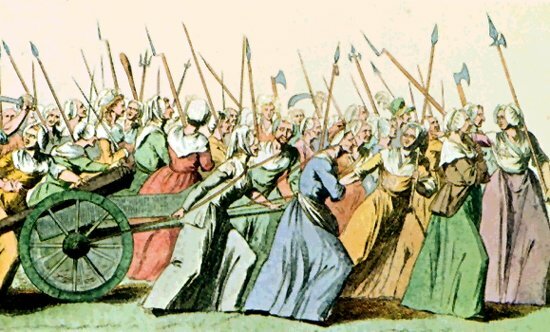 As the revolution progressed, a crisis ensued as revolutionary leaders began to reverse gains in women's rights. The Declaration of the Rights of Women and the Female Citizen, which would have guaranteed equal rights for women, was abandoned in favor of a more conservative and patriarchal vision.
As the revolution progressed, a crisis ensued as revolutionary leaders began to reverse gains in women's rights. The Declaration of the Rights of Women and the Female Citizen, which would have guaranteed equal rights for women, was abandoned in favor of a more conservative and patriarchal vision. -
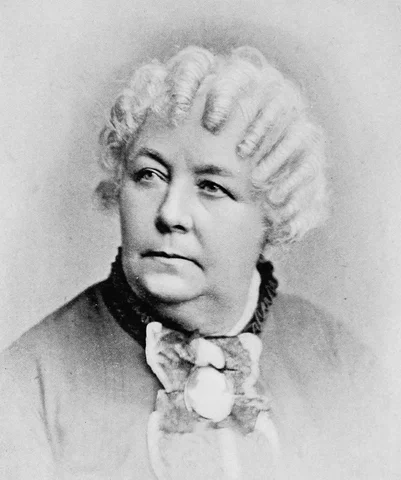 She was a leader of the suffrage movement in the United States. She along with other activists, organized the Seneca Falls Convention, where the "Declaration of Sentiments" was drafted, a key document in the fight for women's rights.
She was a leader of the suffrage movement in the United States. She along with other activists, organized the Seneca Falls Convention, where the "Declaration of Sentiments" was drafted, a key document in the fight for women's rights. -
 The Seneca Falls Convention in New York marked the beginning of the suffrage movement in the United States. However, this historic meeting also faced a crisis of disagreement and resistance from some participants, including men and women, who opposed the idea of women having the right to vote. Despite the controversy, the convention was an important event in the fight for women's rights.
The Seneca Falls Convention in New York marked the beginning of the suffrage movement in the United States. However, this historic meeting also faced a crisis of disagreement and resistance from some participants, including men and women, who opposed the idea of women having the right to vote. Despite the controversy, the convention was an important event in the fight for women's rights. -
 She was a leader of the suffrage movement in the United Kingdom. She founded the Women's Social and Political Union (WSPU) and used more radical protest tactics, such as hunger strikes and direct actions, to draw attention to the cause of women's suffrage.
She was a leader of the suffrage movement in the United Kingdom. She founded the Women's Social and Political Union (WSPU) and used more radical protest tactics, such as hunger strikes and direct actions, to draw attention to the cause of women's suffrage. -
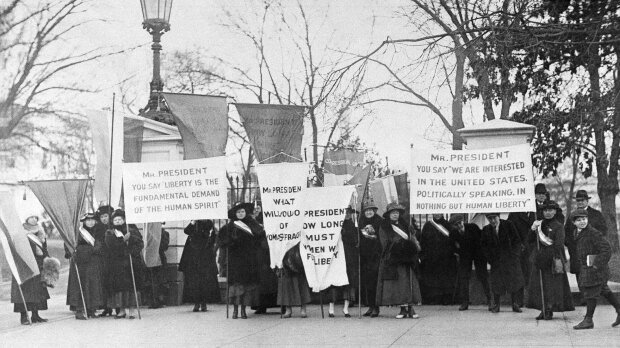 The fight for the right to vote for women was one of the most notable crises in the history of women's rights. The suffragettes faced strong opposition and resistance, from both men and women, who believed that the female vote would undermine the existing social structure. Suffragette tactics, such as protests, hunger strikes, and
The fight for the right to vote for women was one of the most notable crises in the history of women's rights. The suffragettes faced strong opposition and resistance, from both men and women, who believed that the female vote would undermine the existing social structure. Suffragette tactics, such as protests, hunger strikes, and -
Australia Grants Voting Rights to Women: Australia became one of the first countries to grant voting rights to women in federal elections.
-
 grants the right to vote to some women: The Representation of the People Act of 1918 extended the right to vote to certain women over the age of 30 in the United Kingdom.
grants the right to vote to some women: The Representation of the People Act of 1918 extended the right to vote to certain women over the age of 30 in the United Kingdom. -
The 19th Amendment to the United States Constitution guaranteed the right to vote for women throughout the country.
-
Esta ley en China fue un hito importante para los derechos de las mujeres y abordó cuestiones como la igualdad en el matrimonio y la protección contra la violencia doméstica.
-
uring the second wave of feminism, which took place in the 1960s, there were several major crises and controversies. The movement faced resistance from conservative and traditional groups who saw feminism as a threat to gender norms and the establishment. Feminists fought for equal pay, access to safe and legal abortion, and an end to gender discrimination. These lawsuits generated controversy and caused divisions in society.
-
Switzerland, one of the last countries in Europe to do so, has finally granted women the right to vote in federal elections.
-
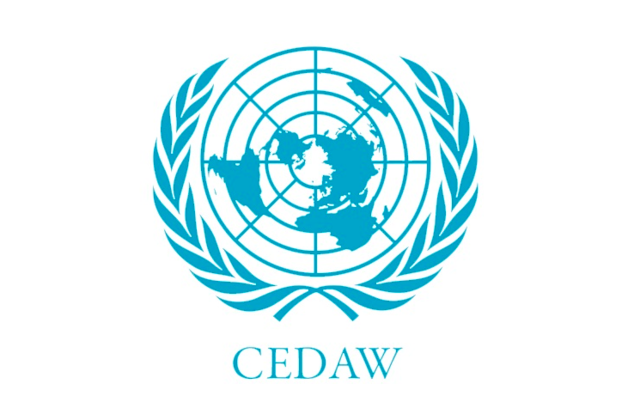 La CEDAW, adoptada por la Asamblea General de las Naciones Unidas, es un tratado internacional que busca garantizar los derechos humanos de las mujeres y eliminar la discriminación basada en el género.
La CEDAW, adoptada por la Asamblea General de las Naciones Unidas, es un tratado internacional que busca garantizar los derechos humanos de las mujeres y eliminar la discriminación basada en el género. -
 This international treaty seeks to prevent, punish, and eradicate violence against women in the Americas.
This international treaty seeks to prevent, punish, and eradicate violence against women in the Americas. -
 The conference in Beijing adopted the Beijing Platform for Action, a comprehensive plan to promote women's rights in areas such as gender equality, gender-based violence, education and political participation.
The conference in Beijing adopted the Beijing Platform for Action, a comprehensive plan to promote women's rights in areas such as gender equality, gender-based violence, education and political participation. -
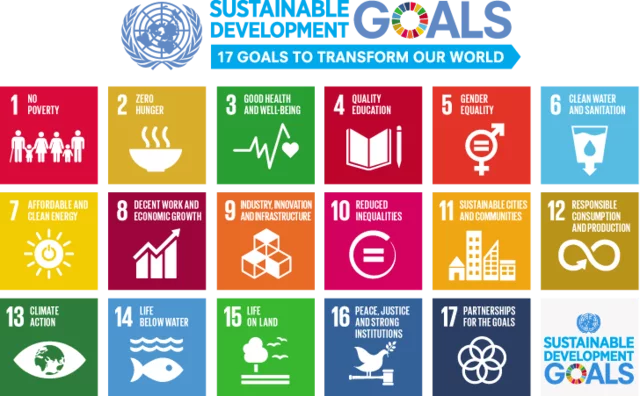 The Millennium Development Goals included specific targets related to gender equality and the empowerment of women. These goals laid the foundation for the promotion of women's rights around the world.
The Millennium Development Goals included specific targets related to gender equality and the empowerment of women. These goals laid the foundation for the promotion of women's rights around the world. -
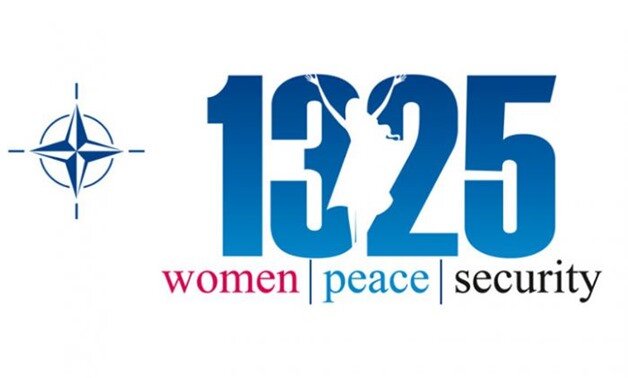 Resolution 1325 establishes the essential role of women in the construction of peace and security. Recognizes the need for their full and meaningful participation in conflict prevention and resolution, and in decision-making.
Resolution 1325 establishes the essential role of women in the construction of peace and security. Recognizes the need for their full and meaningful participation in conflict prevention and resolution, and in decision-making. -
Several countries have enacted stronger laws to address gender-based violence and protect women. Prominent examples include the Law for the Comprehensive Protection of Women in Argentina (2020) and the Law for the Eradication of Violence against Women in Mexico (2020).







